
Nearly every review of the Google Pixel 8 and Google Pixel 8 Pro talks about how they are taking us to the promised land of AI nirvana in smartphones. Google Assistant screening call for you? Inspect. Smarter smart reply suggestions? Of course, my lazy soul deserves that comfort. Zoom enhancement that relies on pixel-level image reconstruction to remove haze at blurry edges? My Instagram trash would love it.
Remove noise from video? I want that too. Summarizing web articles? That’s every tab-racking journalist’s dream. These are all AI features that put the Pixel 8 duo on a different level. But they are not impossible to imitate. Besides, it seems so too Google has deliberately locked out some of the camera magic on the Pixel 8 Pro to justify the asking price of thousands of dollars.
Deals on Google Pixel phones are still good, but between some of Google’s questionable decisions this year – and stiff competition that doesn’t let up – it’s not unreasonable to think that the Pixel family is in danger.
A dragon burns down Google’s house
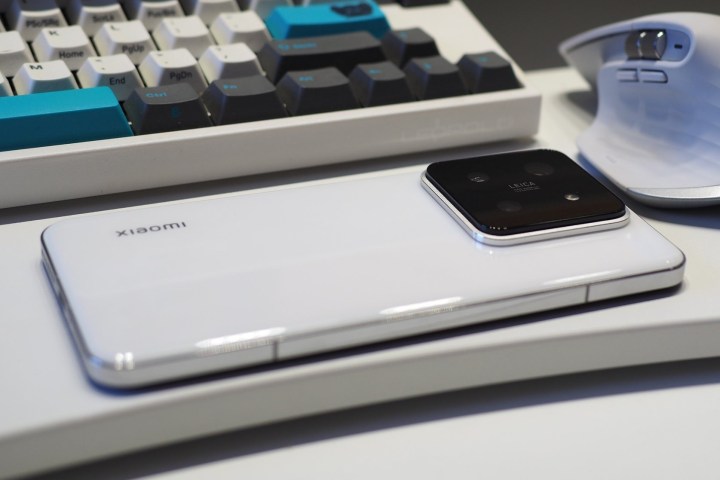
For ease of comparison, let’s focus on the Pixel 8 Pro. It’s a great phone for $999. But it’s not the best phone for $999. And when smartphones powered by Qualcomm’s AI-loving Snapdragon 8 Gen 3 chips hit the shelves, the Pixel’s vaunted AI advantage will weaken further. Take a look Xiaomi 14 duolaunched on October 26, and also the OnePlus 12 is just around the corner.
Thanks to the new Qualcomm chip inside and the new HyperOS software, Xiaomi devices offer AI-aligned facilities such as speech generation, an article summarizing trick that transcribes video calls into notes and creates short summaries, AI image generation, text-to-slide generation, and the ability to turn graffiti into works of art. Just like the Xiaomi 14, Honor’s upcoming flagship product using the same Qualcomm chip will also be capable of running basic generative AI models on smartphones.
But that’s not all. Qualcomm says the improved NPU and AI stack on its latest flagship chips will allow users to remove unwanted objects from videos, just like Pixel phones. Expanding the image canvas using AI plugins to complete complex multi-step tasks with voice commands, plus text-to-image generation, are among the many other tricks that can be done.
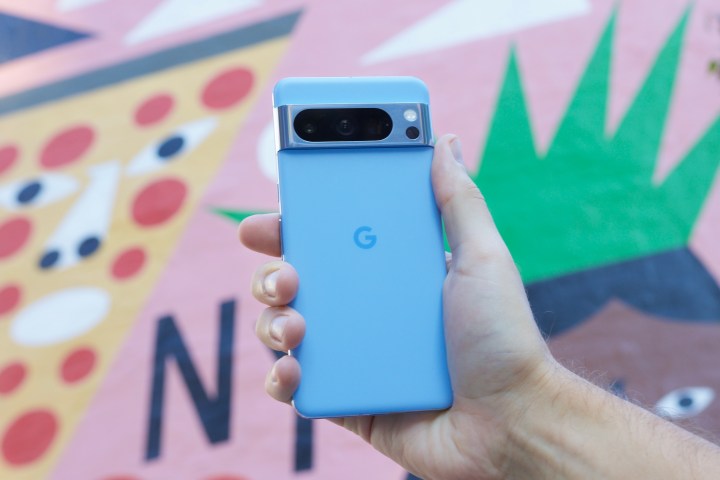
Qualcomm’s latest chips don’t completely take away from the Google Pixel’s AI credentials, but the average Android flagship phone has never come close to the intelligence Google often touts for its phones. Will the Pixel suddenly become “just a premium Android phone” after the onslaught of Snapdragon 8 Gen 3 phones? Not too. But is the value no longer valid? Absolutely, and for more reasons than just fancy AI tricks.
Of course, Google has some key advantages — like a smarter Google Assistant, a generative AI puppy called Google Bard, and some software-side cameras. But that’s not a feature that “should” be on a thousand-dollar phone.
Even his older rivals are moving up the rankings
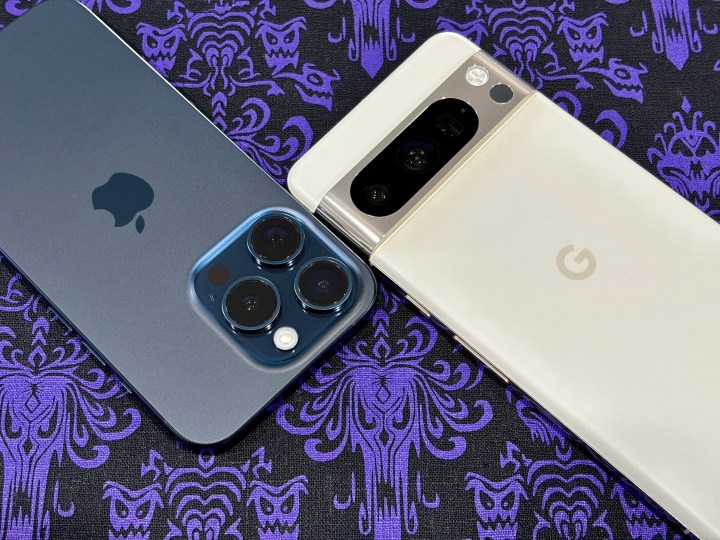
Now, let’s talk about achievements. Is the Pixel 8 Pro the best $999 phone? You can say that. Can it beat the latest “Pro” iPhone? Certainly not on raw performance. Of course it does not provide benefits to the ecosystem. Of course, not because of long-lasting software support. Unfortunately, the Pixel also lags behind Apple’s flagship in terms of battery life and video shooting prowess by a healthy margin.
Let’s take a look at the world of Android. Last year’s Galaxy S22 Ultra still performed better than the Pixel 8 Pro’s Tensor G3 chip on several key benchmark tests. It has a great zoom camera and amazing night mode capabilities. The software is more feature-rich from a customizability perspective than the Pixel 8 Pro. It has some nice ecosystem benefits that match well with Windows PCs. Samsung’s flagship also offers a desktop-like subsystem called DeX. Battery life is better, and so are the thermals.
Problems, problems, problems
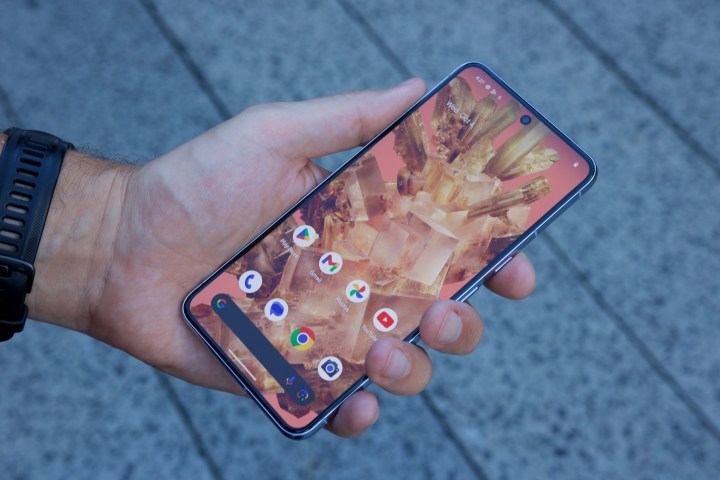
So, where is the real “wow” aspect of the Pixel 8 series, especially the Pro? Let’s say a phone is the sum of its parts. But the sum of the parts – even the most basic parts – isn’t the sum total for the Pixel 8 series. Heck, the Pixel can’t shake off the curse of its predecessors.
There are Pixel 8 series users who are complaining, once again, about the bad antennas on Google phones — resulting in poor network reception. One user runs a test used the Android app and found the newest Pixel gave subpar network reception results. That’s basic nature, and the phone must do it right. After all, we buy phones to be able to make calls. Apple legend Steve Jobs is to this day ridiculed for downplaying the iPhone’s bad antenna problem with the “you’re holding it wrong” blunder.
A bad call is unforgivable.
It’s sad that Google still hasn’t managed to solve something as serious as Pixel phones not being able to call the 911 emergency hotline. Last 911 edition post dated a few days ago on Reddit. There is a series of documented 911 call failure posts on Reddit tell terrifying ordeal. There’s no guarantee that Pixel 8 users won’t experience similar issues.
There have been a lot of complaints about the connectivity issues plaguing the Pixel 8 series phones on Reddit. The Pixel 7 duo, and the Pixel 6 series before it, also pose similar headaches for buyers. There are also dozens of complaints covering other issues such as heating, battery drain, and various types of software bugs.
Tensor Tension

Now that we’ve covered the Pixel issue in depth, let’s discuss the Tensor chip’s sluggish situation, which will continue until its third iteration in 2023.
From the start, things were shaky. Google has confirmed it 9to5Google that it blocks benchmarking applications – applications that run synthetic load scenarios to test processor power – to avoid leaks. Some say Google does this to prevent unattractive benchmark scores from sparking an online furor. Let’s give Google the benefit of the doubt. But the numbers don’t lie.
On demanding tests like the 3DMark Wildlife Extreme simulation, the Tensor G3 was in the same class as the two-generation-old Snapdragon 8 Gen 1 and Apple’s A15 Bionic chip. On GFXBench the Aztec running at 1440p in off-screen mode, again produced lower numbers compared to the aforementioned Qualcomm and Apple processors and even fell behind MediaTek’s Dimensity 9000.
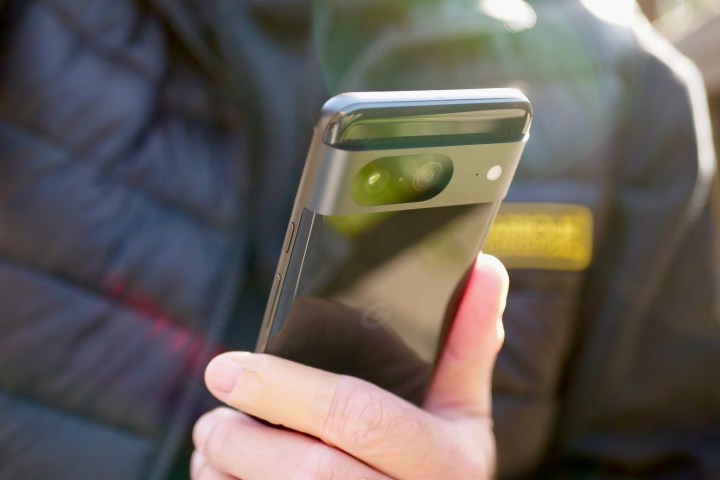
Moving up to the Snapdragon 8 Gen 2 and Apple A17 Pro, the Tensor G3 doesn’t even deserve to be on the same level as other flagship chips in 2023. The A17 Pro averaged around 2,800 on Geekbench 6’s single-core test and more. 7,000 on a multi-core process. The Qualcomm Snapdragon 8 Gen 2 (inside the Galaxy S23 Ultra) delivered 2,000+ and 5,200+ performance on single-core and multi-core tests, respectively. Similar counts from the Tensor G3 were only around 1,700 on the single-core test and 4,400 on the multi-core test.
On AnTuTu, the A17 Pro was shown to be 60% faster, while the Snapdragon 8 Gen 2 was 40 to 45% more powerful. The A17 Pro’s edge in some demanding graphics-intensive tests was nearly 150% over the Tensor G3. By any stretch of the imagination, that’s not a small number. And as it ages, the Pixel 8 series will lose popularity as more and more new AI experiences require more firepower.
I won’t even mention Qualcomm’s touted benchmark numbers for the Snapdragon 8 Gen 3 because they really put Google’s latest silicon to shame.
What this means for the Google Pixel
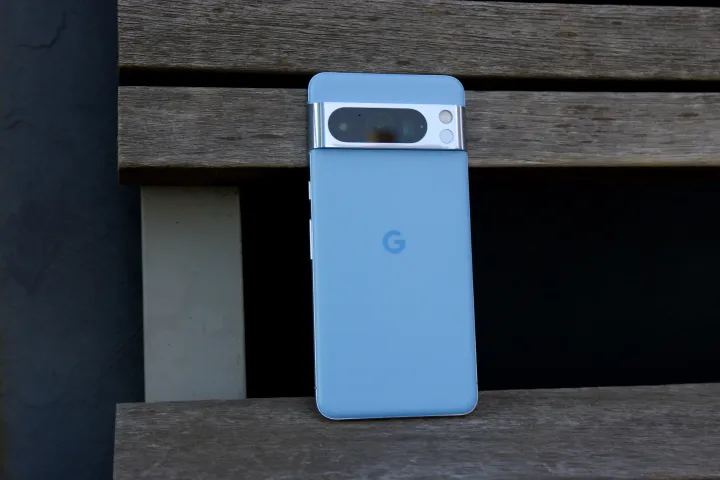
So here’s rough look after rough look at the Pixel 8 Pro. Ultimately, your phone will continue to get Android OS upgrades across seven annual generations, but it won’t get all the exciting features that new Pixels will show off in the years to come. And that brings us back to square one. How much lag can be forgiven for the sake of a few AI tricks before you decide to splurge on a Pixel when the competition clearly offers a better experience?
Mobile isn’t all about AI. A generation or two behind can be forgiven. But after that, you need to reinvent the wheel. We are on the verge of a shift where generative AI on devices is starting to arrive at Android’s doorstep. On the other side of the mobile ecosystem, Apple is pushing console-grade gaming and pro-grade camera tricks on the iPhone. The pixels look very weak and clearly not ready for the change.
Ultimately, the Pixel 8 duo isn’t bad, at least not in 2023. But Google needs to catch up, and a lot of it.
Editor’s Recommendations